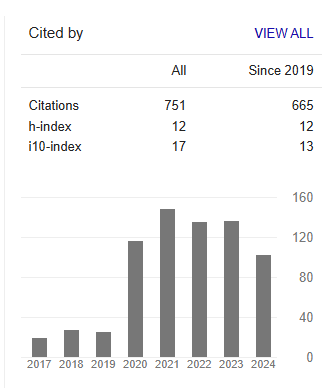Investigation of Marburg Virus Disease Outbreak in Kween District, Eastern Uganda, 2017
Abstract
Alex Riolexus Ario, Issa Makumbi, Innocent Herbert Nkonwa, Patricia Eyu, Denis Nixon Opio, Lydia Nakiire,Benon Kwesiga, Daniel Kadobera, Patrick Tusiime, Lilian Bulage Bao-Ping Zhu and Jane Ruth Aceng
Background: Marburg virus disease (MVD), a severe hemorrhagic disease, is caused by the Marburg virus (MARV) and Ravn virus. Human in contact with infected Egyptian fruit bats or eating bush meat from an infected animal can cause MARV. On 17- Octo-2017, post-mortem samples from an eastern Uganda’s Kween District resident tested positive for MARV. On 18-Oct, the National Rapid Response Team (NRRT) initiated an outbreak response.
Methods: We defined a suspected MVD case as sudden onset of fever with ≥3 of anorexia, headache, vomiting, abdominal pain, diarrhea, intense fatigue, and myalgia, and joint pain, history of contact with a patient with similar symptoms; or suddenonset unexplained bleeding; or unexplained sudden death. Confirmed were suspects or close contacts with positive RT-PCR and ELISA tests for MARV. Probable cases were suspects epidemiologically linked to confirmed cases. We conducted active case-search and medical-record reviews for case finding. Contacts of case-patients identified were followed for 21 days. We developed a weighted risk score (WRS) to measure contacts’ exposure risk and associated the WRS with the secondary attack rate (AR).
Results: We identified one probable and three confirmed cases all among 140 relatives of same family (AR=2.9%; 4/140). Case-patient A was a 30-year-old male who visited bat-inhabited caves, became symptomatic on 16-Sept and died on 24- Sept. Case-patient B, his 50-year-old sister, cared for him in hospital, developed symptoms on 4-Oct, and died on 13-Oct. Case-patient C, 42-year-old brother of both, cared for case-patient B, developed symptoms on 18-Oct, traversed many areas including crossing to Kenya and died on 26-Oct. Case-patient D had close contact with the other case-patients and subsequently sero-converted. We followed 299 contacts of case-patients A, B and C in multiple districts in Uganda and Kenya. Secondary cases only occurred among contacts with highest WRS (9-10, AR=8.6%).
Conclusion: Close, direct contact led to MARV transmission among family members during this outbreak. Enhanced surveillance, contact tracing, rapid confirmation of viral hemorrhagic fever cases and quick turnaround of laboratory results are key for early identification and effective control of future MVD outbreaks. Epidemic preparedness and cross-border surveillance should be further strengthened, especially in the area of social and behavioral interventions and law enforcement.



